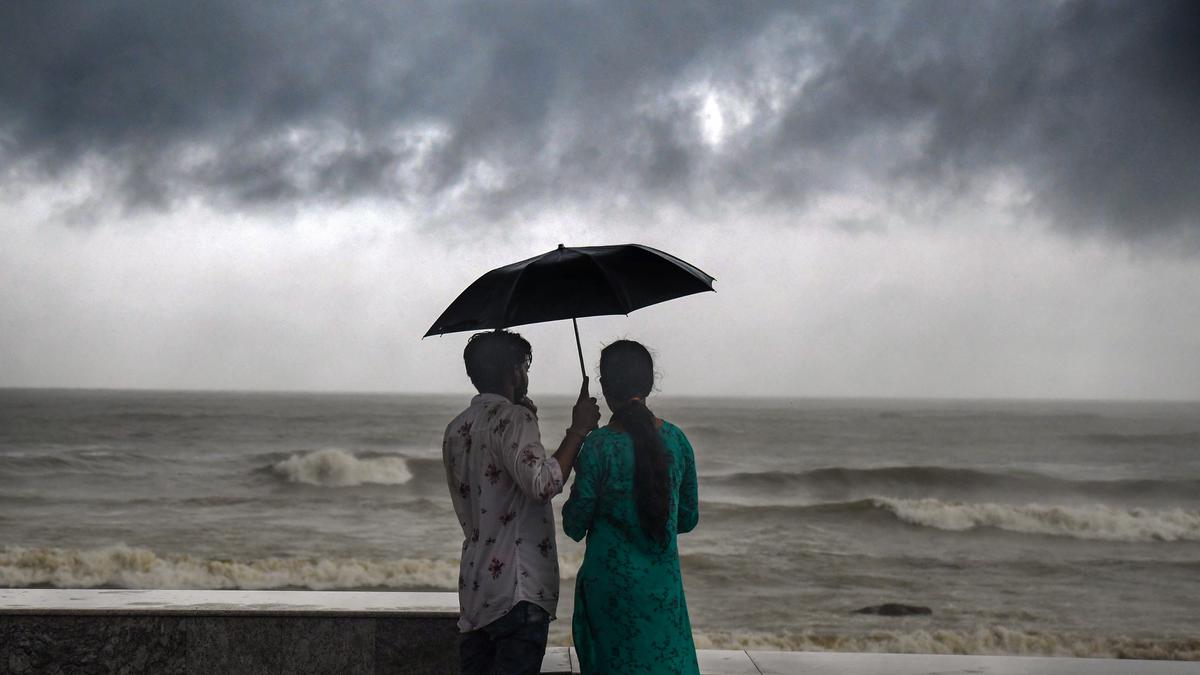
Michaung’ cyclone likely to hit train services in Andhra Pradesh, Tamil Nadu
The Hindu
SCR urges passengers to plan journeys as cyclone weather conditions may alter train services in coastal region of A.P. and T.N.. Passengers should contact nearest railway station for enquiries. Monsoon patrolling, watchmen, monitoring of RUBs and necessary arrangements to pump out water have been finalised.
South Central Railway (SCR) on Friday urged passengers to plan their journeys as the ‘Michaung’ cyclone weather conditions, prevailing in the coastal region of Andhra Pradesh and Tamil Nadu, will likely alter train services in this region over the next couple of days.
There is a possibility of heavy rains coupled with high-speed winds in the coastal region. Train services scheduled in the affected sections are likely to be diverted, rescheduled, partially cancelled or cancelled as per the demands of the situation, said additional GM R. Dhananjayulu on Friday.
For any train-related enquiry during this period, passengers should contact the nearest railway station.
Monsoon patrolling of tracks in the likely-to-be affected sections; watchmen at all vulnerable bridges and locations to obtain real-time information; monitoring of vulnerable road-under-bridges (RUBs); and necessary arrangements to pump out water have been finalised.
Sufficient number of sandbags and ballast are being stocked at vulnerable locations to undertake timely restoration.
Light to moderate to heavy rainfall accompanied by heavy winds, high waves off shore was forecast on Friday for the coasts of Odisha, Andhra Pradesh, Tamil Nadu and Puducherry, with possible damage to roads and thatched huts and breakdown of communication lines in the next couple of days due to the depression over southeast and adjoining southwest Bay of Bengal.
A joint news bulletin issued by Indian National Centre for Ocean Information Services (INCOIS ) and India Meteorological Department (IMD) post-noon said the depression is likely to intensify into a deep depression by December 2 and into a cyclonic storm on December 3.













